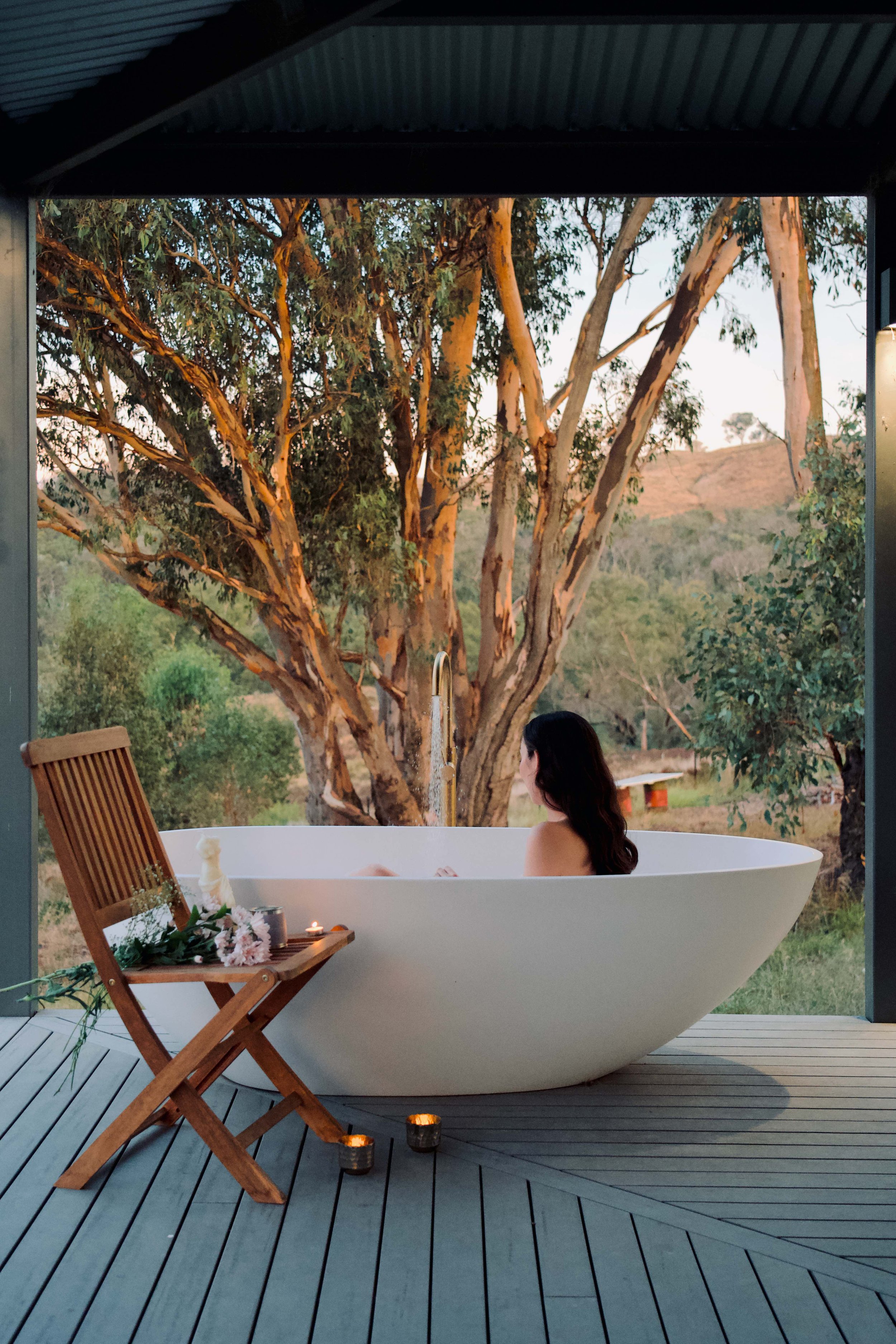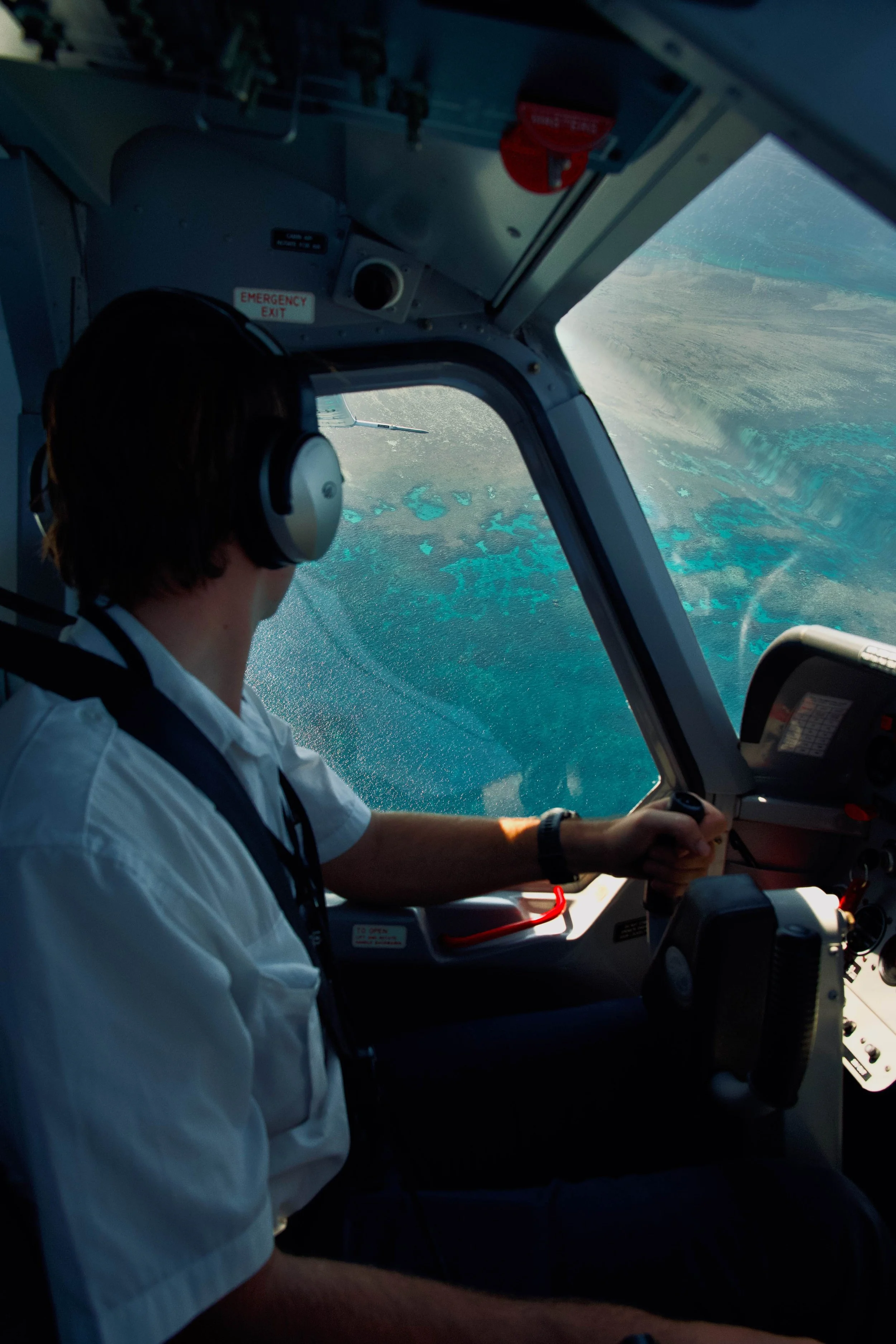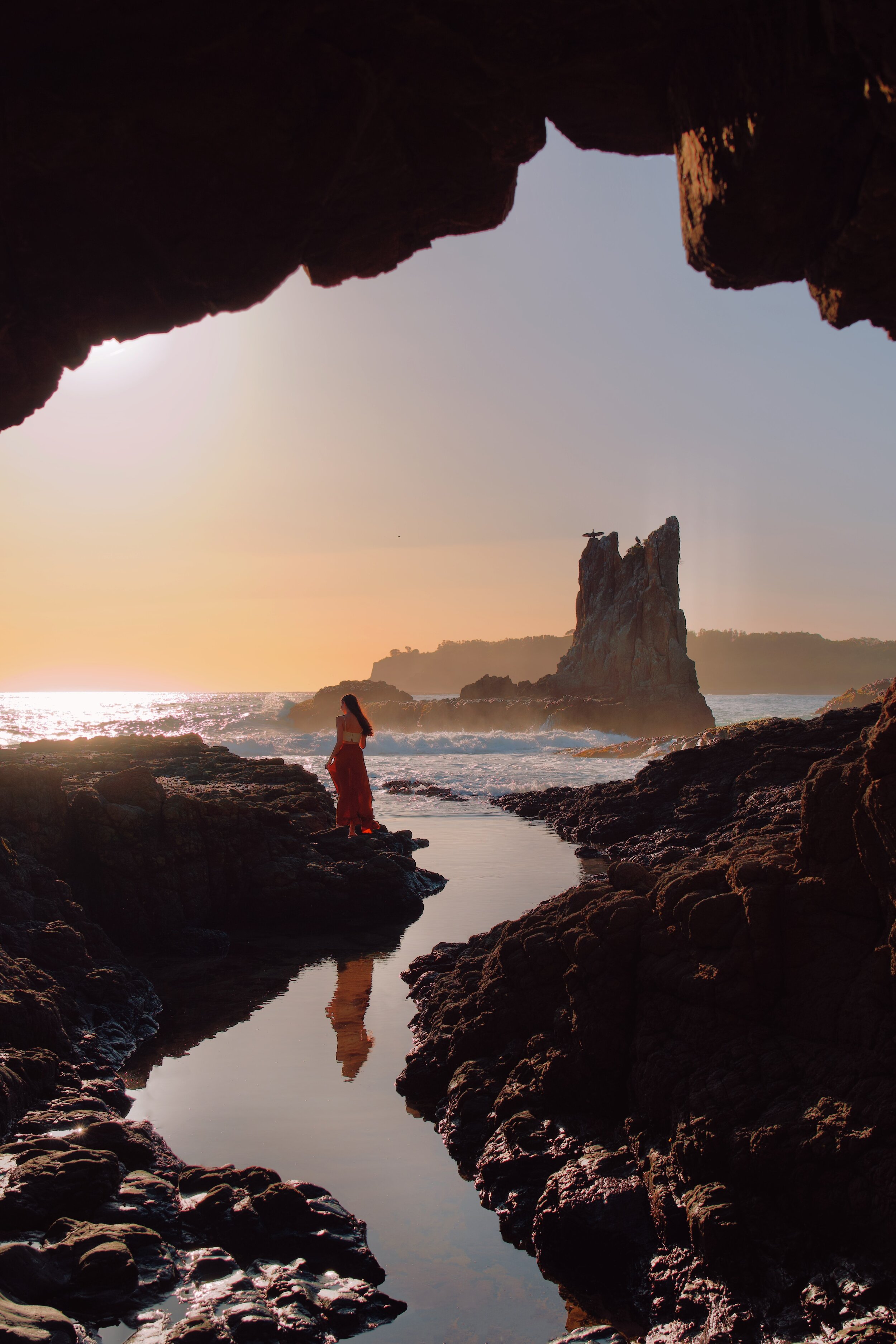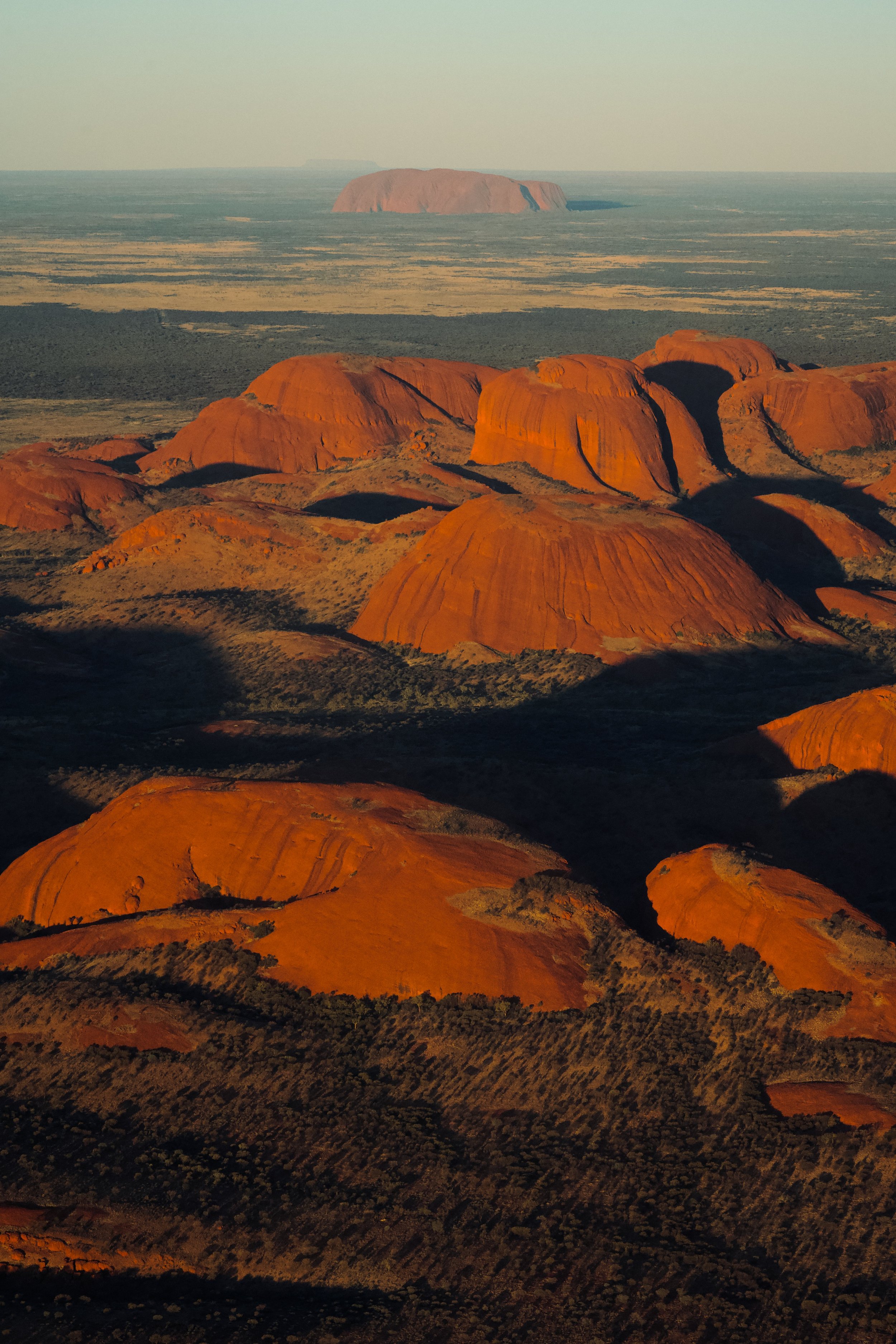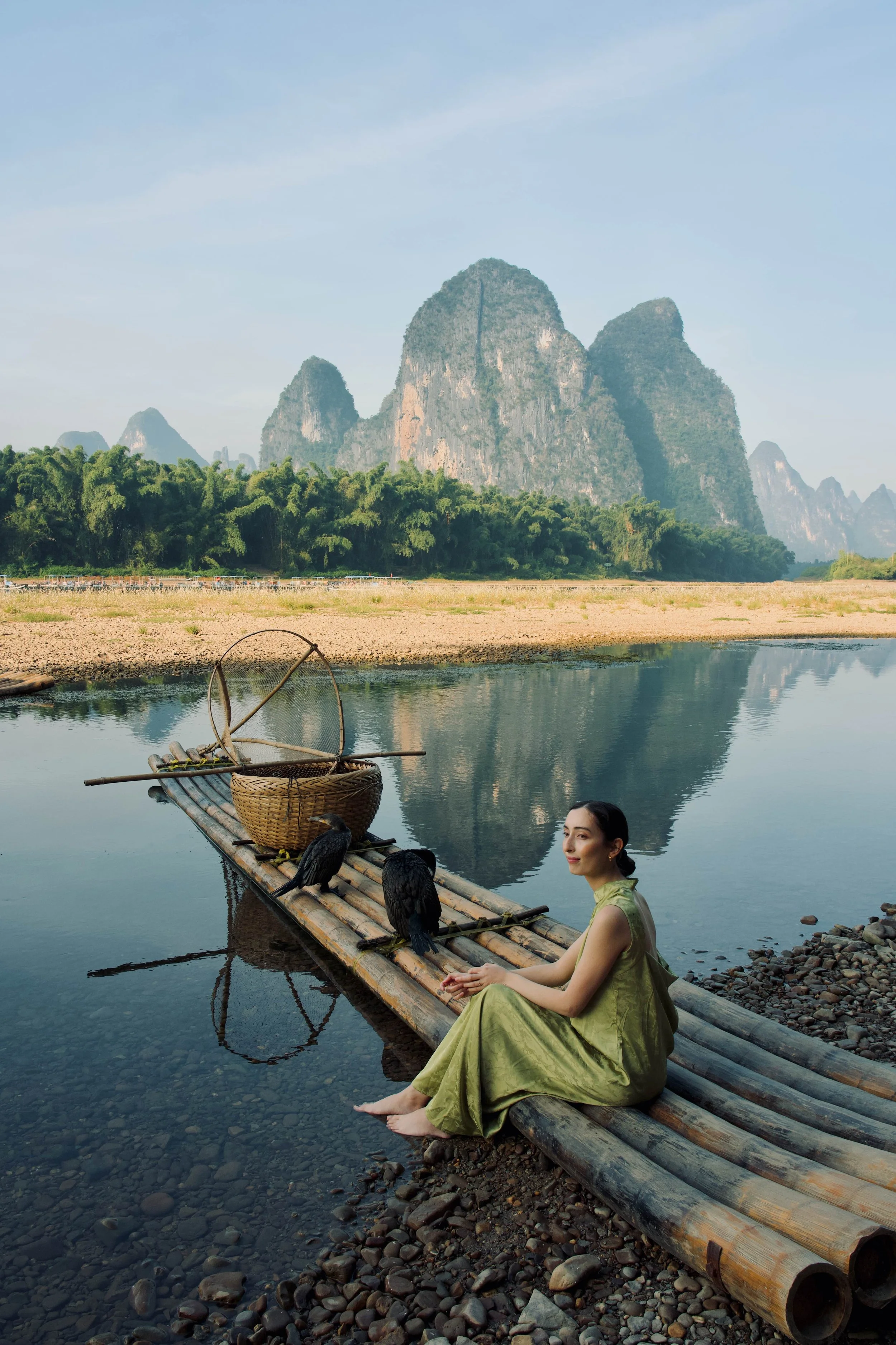Incredible off-grid eco-hut stay: Kestrel Nest, New South Wales
by ling and jace
Kestrel Nest is located on land of the Wiradjuri Nation. We acknowledge and pay our respects to the Traditional Owners.
home / back to australia
We took a road trip out of Sydney and arrived on the traditional lands of the Wiradjuri Nation. We were lucky to have been invited to stay at Kestrel Nest—an eco-hut that’s surrounded by a huge area of critically endangered habitat. The hut is a beautiful off-grid eco-retreat, located under an hour from Wagga Wagga in Mount Adrah, New South Wales.
We were many kilometres from the nearest people. Each morning we woke up to sunrise warmth, and the only sounds came from nature—all we could hear were birdsongs and water running through the creeks. While we were here, we came across a concept that we really appreciated: Yindyamarra. It’s a Wiradjuri word and way of life which goes to gentleness, kindness and mutual respect (not just receiving, but giving too). It’s about learning to move slowly and with care.
This post covers:
You can watch our full vlog from our trip here:
CONSERVATION AT KESTREL NEST ECO-HUT
The conservation work that Louise and David, the owners of Kestrel Nest Eco-Hut, do on their farmland is incredibly important. Two thirds of the 820 acre property is protected woodland, while the other third is used for regenerative farming. Unfortunately, Australia has one of the highest rates of biodiversity loss in the world, and since European invasion, 95% of the woodland surrounding Kestrel Nest Eco-Hut has been cleared. That makes the remaining protected woodland one of the rarest habitats in the country.
The regenerative farm is separated into 14 paddocks and allows the farm animals to roam freely while preserving the grasslands and mimicking natural cycles. Louise and David have also planted several vegetation corridors which allows the farmland to maintain the biodiversity of small birds and micro-bats that live in the area, and rehabilitate their native habitat. They’ve found 140 species around the farm, including rare and endangered birds.
Each year, the Banksia Foundation recognises people and organisations who are taking initiatives on environmental action. This year, Kestrel Nest was one of only six finalists out of hundreds of submissions for the Sustainable Tourism awards, and the only one in New South Wales.
SLOWING DOWN DURING OUR STAY
We wanted to leave something small here, so Ling started a drawing during the stay. We picked out a picture of a kestrel because that was the only bird that Louise and David saw on the property for weeks after the 2019-2020 Black Summer bushfires tore through the area. The fires were so catastrophic and we could still see evidence of the damage in the trees. But luckily, some things have been very resilient and are growing back.
The fires were also quite a big turning point for us. We were both feeling pretty disillusioned by what we were putting our time towards, and couldn’t justify spending more nights eating dinner at our desks when the things that we were working on weren’t contributing to the bigger picture. We’re really grateful that we picked up a camera and have been able to use our photography to support people who are conserving biodiversity.
LOCAL PRODUCE AT KESTREL NEST ECO-HUT
Each morning we made breakfast with food that the owners left out from the farm (things like freshly baked sourdough bread, eggs and bacon). We didn’t need to leave the hut at all because it was so well supplied. Fresh produce can also be booked by letting Louise and David know, and there is a fire pit and barbeque just outside.
SUNSET FROM THE OUTDOOR BATH, STARS OVER THE HUT
The hut is completely off-grid and self-sustaining. It has two water tanks—one with filtered water and the other with rainwater—and runs on solar power. The interior finishings and furniture is also made from wood grown and milled on the farmland and repurposed wood from locally-sourced old furniture. The hut itself is so beautiful and feels really open and connected to nature, especially with the huge windows and outdoor spaces. We spent each afternoon in the outdoor bath, watching the sunset and waiting for the moon to rise. One night it was quite cloudy when we had dinner, but as we went to bed we looked out the window and everything had cleared up. We were lucky to see a shooting star at the same time and a clear Milky Way over the hut. The hut includes hammocks and there are posts to hang them up for an open view of the stars.
RECENT POSTS
Find us on Instagram
















